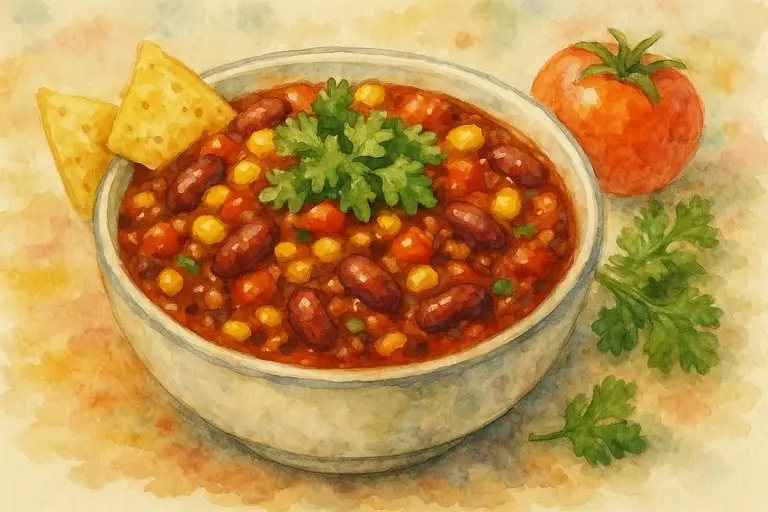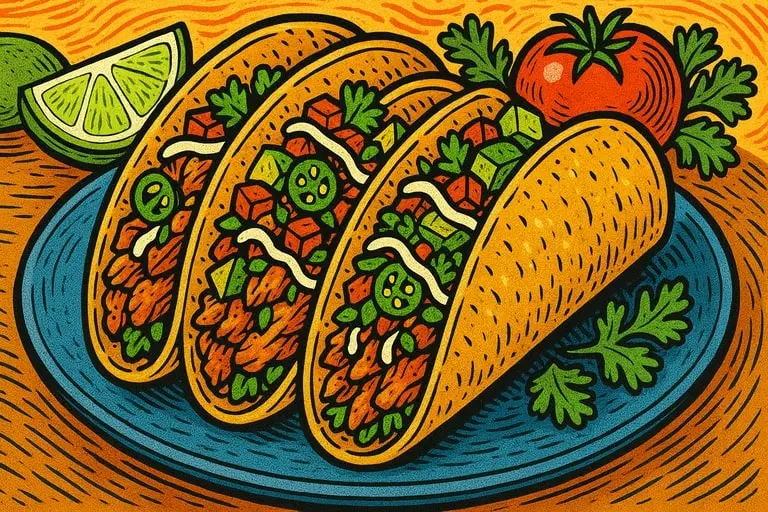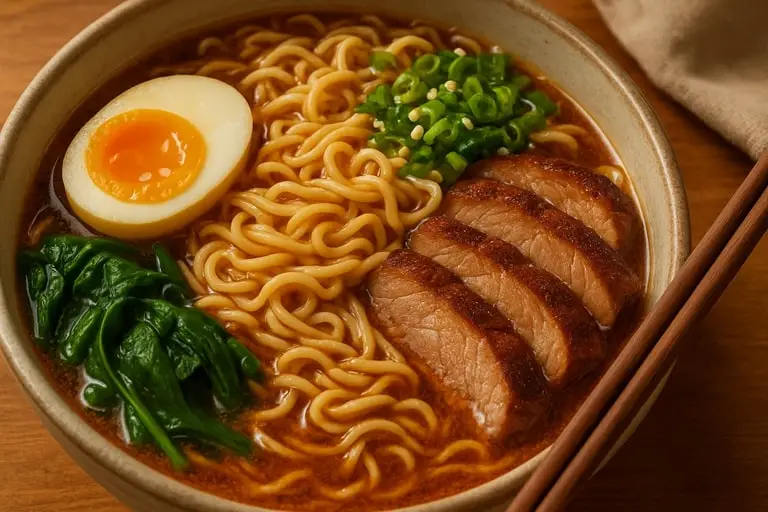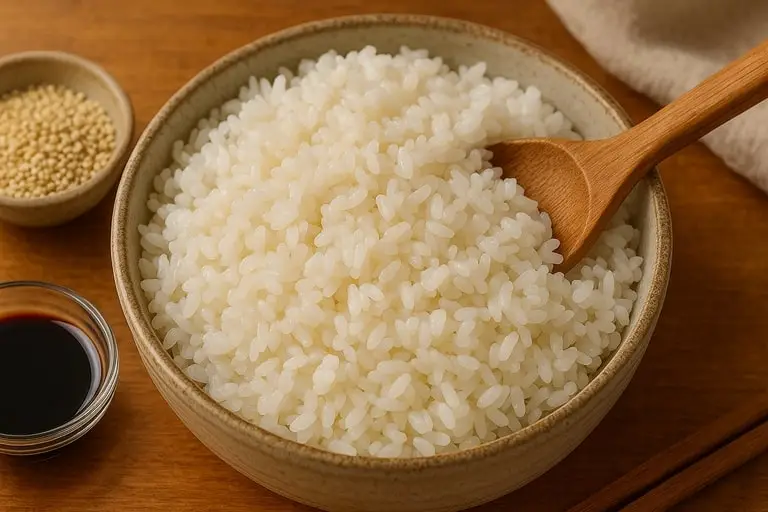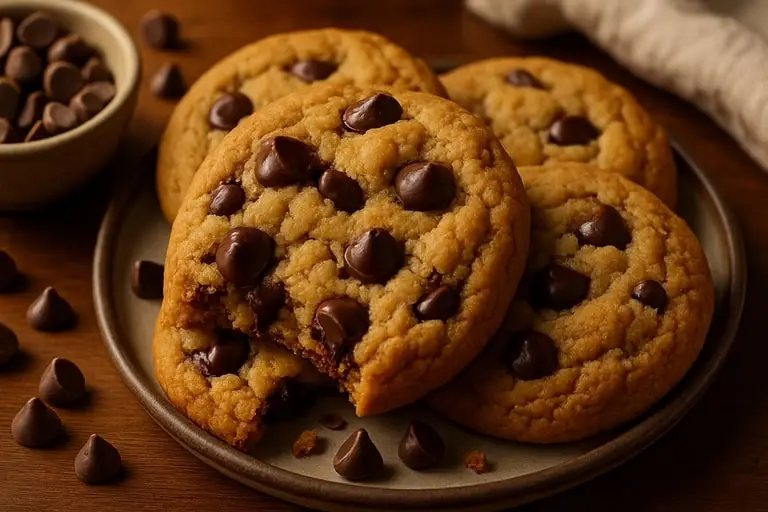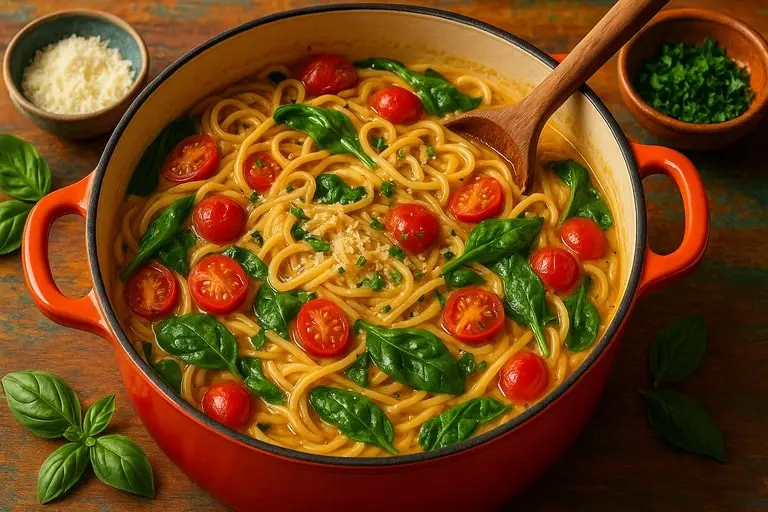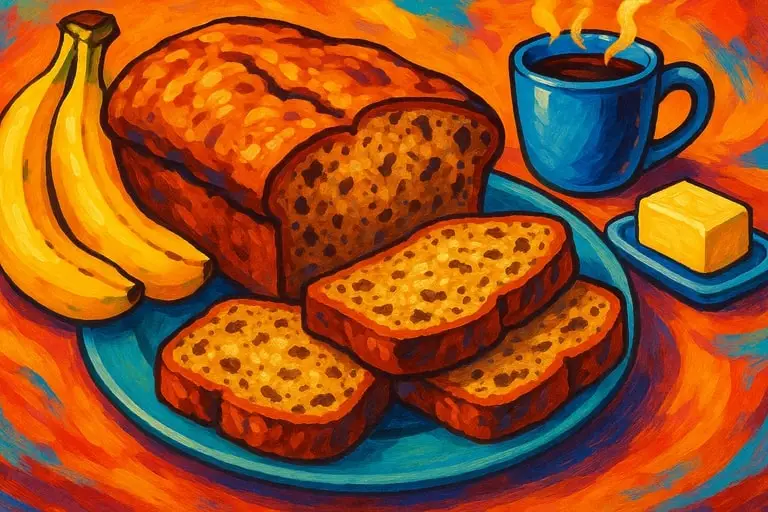The sugar cookie recipe stands as one of the most iconic expressions of classic baking, revered for its delicate balance of buttery sweetness and tender texture. Unlike other cookies where chocolate, nuts, or spices dominate, sugar cookies thrive in their simplicity, offering a blank canvas upon which both tradition and creativity flourish. Their enduring presence across households and bakeries worldwide reflects not only universal appeal but also adaptability, as they transform seamlessly from plain everyday snacks to elaborately decorated confections for holidays and celebrations.
The origins of the sugar cookie trace back centuries, with versions appearing in European kitchens before becoming a staple in America, particularly in Pennsylvania where German settlers popularized their own adaptations. These early sugar cookie recipes emphasized affordability and accessibility, relying on simple ingredients—flour, butter, sugar, and eggs—that most households could obtain. This legacy of simplicity continues to define the cookie today, reminding us that enduring culinary traditions often begin with resourceful pragmatism.
The texture of sugar cookies forms much of their charm. Achieving the ideal consistency requires balancing crisp edges with soft, tender centers. This balance results from precise ratios of butter to sugar and the careful creaming of ingredients to incorporate air without overdeveloping gluten. Baking time, too, proves critical: a minute too long risks dryness, while too little prevents structural integrity. The science behind these subtle details illustrates why even a simple sugar cookie recipe requires attentiveness to produce excellence.
Flavor, though restrained, embodies sophistication. Butter forms the foundation, offering richness that supports sweetness without overwhelming. Sugar caramelizes lightly during baking, lending subtle complexity beyond pure sweetness. Some bakers add vanilla or almond extract to introduce aromatic nuance, while citrus zest or spices like cardamom expand the profile without erasing the cookie’s classic identity. These choices exemplify how tradition leaves room for personal signature, ensuring that sugar cookies remain timeless yet individualized.
Decoration distinguishes sugar cookies in cultural traditions. Rolled and cut into shapes, then adorned with colored sugars, royal icing, or sprinkles, they often mark holidays, from Christmas to Valentine’s Day. The act of decorating transforms baking into communal activity, where families gather to shape, frost, and embellish cookies together. In these contexts, the sugar cookie recipe transcends function, becoming a vessel for memory, creativity, and celebration.
Culturally, sugar cookies symbolize both hospitality and joy. They are served at community gatherings, exchanged as gifts, and featured prominently in festive tables. Their accessibility ensures inclusivity: unlike more elaborate desserts, sugar cookies are easy to prepare in large batches and appeal across age groups. Their role in social rituals underscores how even the simplest foods can embody generosity and connection.
From a nutritional perspective, sugar cookies lean toward indulgence. Their richness comes primarily from butter and sugar, offering energy more than sustenance. Yet bakers increasingly experiment with moderation, incorporating whole-grain flours, reducing sugar, or substituting plant-based fats to align with evolving dietary preferences. These adaptations prove that even classic recipes can evolve without abandoning their essence.
Professional bakers view sugar cookies as both staple and showcase. While basic versions sell reliably in cafés and bakeries, decorated sugar cookies highlight artistic skill, attracting customers seeking personalized or themed treats. Weddings, birthdays, and corporate events often feature customized sugar cookies, underscoring their versatility as both everyday indulgence and artistic medium.
The sensory impact of sugar cookies cannot be overstated. Their golden hue, subtle aroma of butter and sugar, and delicate crumb evoke comfort and anticipation. Biting into one delivers both crunch and tenderness, confirming that simplicity does not preclude depth of experience. These sensory pleasures explain why sugar cookies persist across centuries of culinary change.
Ultimately, the sugar cookie recipe embodies the philosophy that less can indeed be more. Its simplicity creates room for adaptation, its flavor delivers comfort without excess, and its cultural role sustains traditions across generations. By balancing restraint with potential, the sugar cookie remains a timeless cornerstone of baking heritage.
Sugar Cookies and Recipe Mastery
Mastering sugar cookies requires more than simply following instructions; it demands sensitivity to proportion, technique, and timing. Each element, from butter to flour to baking temperature, influences the final result. Recipe mastery lies in understanding how these variables interact, empowering bakers to achieve consistent excellence while personalizing flavor and texture.
Butter serves as the foundation of every sugar cookie recipe. Its temperature before mixing profoundly affects outcome. Softened butter creams with sugar to trap air, yielding lighter cookies, while melted butter creates denser, chewier versions. High-quality butter further enhances flavor, reminding bakers that even in simple recipes, ingredient quality defines results.
Sugar selection also shapes texture. White granulated sugar produces crispness, while confectioners’ sugar yields tender, almost shortbread-like cookies. Some bakers combine sugars to balance crisp edges with soft centers. These decisions illustrate how mastery involves tailoring recipes to desired outcomes rather than relying on rigid formulas.
Flour quantity and type determine structure. All-purpose flour provides balance, but substitutions with cake flour soften crumb, while whole wheat introduces nuttiness and density. Measuring flour precisely is critical: excess creates toughness, while too little produces fragility. Mastery lies in precision, where small deviations profoundly influence texture.
Eggs contribute richness and cohesion. Recipes with additional yolks increase tenderness, while recipes with fewer eggs produce crisper textures. The binding properties of eggs ensure structural integrity, highlighting their central role. Adjustments here reflect preference for chewy or crisp outcomes, reinforcing how mastery tailors process to vision.
Leavening agents also require attention. Some sugar cookie recipes omit baking powder to preserve flatness, ideal for cut-out cookies meant for decoration. Others incorporate small amounts for subtle lift, creating puffier cookies with soft bite. Understanding the purpose of leavening ensures that recipes align with intended presentation.
Mixing technique profoundly affects success. Overmixing develops gluten, toughening texture, while undermixing leaves streaks of flour. Gentle folding ensures even distribution without sacrificing tenderness. Chilling dough before baking improves handling, prevents excessive spread, and intensifies flavor, proving that patience is integral to mastery.
Decoration further defines recipe mastery. Simple sanding sugar provides sparkle, while royal icing transforms cookies into edible art. Timing is critical—decorating before baking integrates sugars, while post-bake icing emphasizes artistry. Mastery lies in aligning decoration with both tradition and creativity, reinforcing sugar cookies’ dual identity as simple treats and celebratory canvases.
Modern adaptations reflect inclusivity. Gluten-free flours, vegan substitutes, and natural sweeteners make sugar cookies accessible to broader audiences. Mastery incorporates these alternatives without compromising flavor or texture, proving that tradition evolves alongside dietary shifts.
Professional mastery extends into scalability. Large bakeries replicate recipes consistently across thousands of cookies, while artisanal bakers distinguish themselves with innovative flavors or designs. Both reflect mastery: one in precision and reliability, the other in creativity and personalization.
Ultimately, mastering sugar cookies requires respect for tradition and openness to innovation. By understanding the science behind simplicity, bakers elevate sugar cookies into timeless expressions of care, artistry, and joy. Each recipe mastered confirms that even the simplest ingredients can yield profound results when treated with attention and intention.
Sugar Cookie Recipe and Homemade Comfort
The sugar cookie recipe resonates most deeply in the context of homemade comfort, where its preparation and sharing embody warmth, memory, and community. More than just confections, sugar cookies symbolize continuity and care, carrying cultural significance across generations and traditions. Their role in homemade settings illustrates how food shapes both emotional and social landscapes.
In family kitchens, sugar cookies often serve as a child’s introduction to baking. Measuring flour, creaming butter, and rolling dough teach fundamentals while creating memories. Pressing shapes with cutters or sprinkling sugar before baking engages creativity, ensuring that the process itself becomes as meaningful as the cookies produced. These rituals preserve tradition while fostering new skills, linking childhood kitchens with future generations.
Holiday traditions amplify their cultural significance. At Christmas, sugar cookies shaped like stars or trees and decorated with icing form centerpieces of festive gatherings. On Valentine’s Day, heart-shaped cookies convey affection, while during Halloween, playful designs add whimsy. These seasonal variations highlight how sugar cookies function as edible symbols, marking time and occasion.
Homemade sugar cookies also represent care in hospitality. Served to guests, gifted to neighbors, or shared in classrooms, they communicate generosity more effectively than words. Their accessibility ensures that all can enjoy them, bridging differences of age, culture, or background. This inclusivity explains why sugar cookies remain central to communal rituals of kindness.
Psychologically, the act of baking sugar cookies provides grounding. The repetitive motions of mixing, rolling, and decorating soothe anxieties, while the aroma of baking butter and sugar creates comfort that transcends hunger. In moments of stress or uncertainty, sugar cookies embody stability, offering both distraction and solace.
The adaptability of homemade sugar cookies ensures relevance across changing times. Families adjust recipes to accommodate allergies, dietary restrictions, or personal tastes, yet the essence remains intact. Whether gluten-free, vegan, or traditional, sugar cookies retain their symbolism of comfort and care, proving that identity lies in meaning as much as flavor.
The communal nature of decorating sugar cookies amplifies their role in connection. Gatherings around tables filled with icings, sprinkles, and cutters transform baking into collaborative artistry. These moments encourage conversation, laughter, and creativity, reinforcing bonds while creating edible memories that linger long after the last cookie is eaten.
From a cultural perspective, sugar cookies embody nostalgia. For many, a single bite recalls childhood kitchens, family gatherings, or holiday traditions. This emotional resonance ensures their enduring appeal, proving that comfort food extends beyond taste into memory and belonging.
Even in professional spaces, sugar cookies retain associations with home. Bakeries and cafés may sell them, yet their charm lies in evoking homemade authenticity. This quality differentiates them from more elaborate confections, grounding them in simplicity that resonates with universal longing for warmth and familiarity.
Ultimately, the sugar cookie recipe defines homemade comfort because it embodies both continuity and creativity. It preserves traditions while inviting innovation, comforts while delighting, and connects while nourishing. Through every batch mixed, baked, and shared, sugar cookies confirm their role as symbols of care, memory, and joy in kitchens around the world.
Sweet baking has always represented the joyful and indulgent side of culinary tradition, a practice where science, art, and emotion intersect in a way that creates something greater than nourishment alone. It is a world defined by warmth, aroma, and transformation, where simple ingredients such as flour, sugar, butter, and eggs undergo alchemy in the oven, emerging as cakes, pastries, tarts, and breads that delight the senses and soothe the spirit.
Unlike savory cooking, which often emphasizes immediacy, sweet baking demands patience, precision, and an understanding of processes that unfold slowly but culminate in moments of wonder. It embodies both discipline and creativity, teaching that structure and freedom can coexist beautifully when guided by skill and passion.
The history of sweet baking stretches back thousands of years, evolving alongside the development of grains, sweeteners, and ovens. Early forms of sweetened bread were enriched with honey, fruits, or nuts, prepared for rituals, celebrations, and offerings. As trade routes expanded, sugar and spices spread across continents, transforming local baking traditions into ever more elaborate creations.
Medieval Europe saw the rise of gingerbread and spiced cakes, while the Renaissance elevated pastries to works of art for royal courts. By the industrial age, sweet baking had become a household practice, with recipes recorded, adapted, and passed down through generations. Each era added layers of complexity, but the essence remained the same: sweet baking as a way to turn ordinary staples into extraordinary experiences.
At its heart, sweet baking is a sensory journey. The moment an oven door opens and a wave of warm fragrance escapes, the entire home is transformed. The scent of caramelizing sugar, melting butter, and toasting flour is powerful enough to evoke memory and emotion instantly. The visual beauty of golden crusts, glossy glazes, and delicate crumb structures invites admiration before the first bite is even taken.
Textures vary endlessly — from the flakiness of croissants to the chew of brownies or the light airiness of sponge cakes — each offering a different kind of satisfaction. Taste, of course, completes the experience, a combination of sweetness balanced by acidity, bitterness, or salt, depending on the baker’s intent. Sweet baking is thus not only about eating but about engaging every sense fully.
The technical side of sweet baking underscores its unique character. Unlike savory cooking, where improvisation is often rewarded, baking requires precision and discipline. Ratios of flour to fat, sugar to eggs, and liquid to dry ingredients determine the structure, rise, and tenderness of the final product.
Chemical leaveners like baking powder and baking soda interact with heat to create air pockets, while yeast ferments to produce lift and depth of flavor in enriched doughs. Temperature control is critical, as even slight deviations can alter results dramatically. Yet within these boundaries lies immense freedom: bakers can adjust flavorings, fillings, and finishes to express creativity while respecting the rules that govern structure. This combination of constraint and artistry makes sweet baking uniquely rewarding.
Culturally, sweet baking has become inseparable from celebration and ritual. Birthdays demand cakes, holidays bring pies and cookies, weddings feature tiered masterpieces, and festivals highlight regional specialties. These baked goods are more than food; they are symbols of tradition, continuity, and joy.
A loaf of fruitcake at Christmas, a challah braided for Sabbath, or a mooncake during Mid-Autumn Festival each carry layers of cultural meaning that transcend taste. Sweet baking, therefore, acts as a kind of edible storytelling, preserving histories and identities while also adapting to new contexts. To bake something sweet is often to honor the past while offering pleasure in the present.
The emotional resonance of sweet baking is undeniable. Many people associate it with childhood, family kitchens, or afternoons spent learning recipes from elders. The act of mixing batter, licking spoons, or watching cookies rise in the oven becomes woven into memory, making baked goods vessels of nostalgia. Even in adulthood, baking is often turned to in times of stress or celebration, offering comfort through process as much as through consumption. The ritual of measuring, mixing, and waiting has therapeutic qualities, grounding individuals in rhythm and structure, while the act of sharing baked goods extends that comfort to others.
Modern innovation has ensured that sweet baking remains relevant in an ever-changing food culture. Pastry chefs experiment with new ingredients and techniques, creating desserts that astonish with their complexity and presentation. Home bakers, inspired by television shows, cookbooks, and social media, push boundaries with imaginative flavor pairings and creative designs.
The rise of alternative flours, natural sweeteners, and plant-based substitutions reflects the growing desire to align indulgence with health-conscious values. Gluten-free brownies, vegan cupcakes, and protein-enriched muffins demonstrate that sweet baking can evolve without losing its essence. This adaptability secures its place in contemporary diets while maintaining its indulgent spirit.
Economically and socially, sweet baking has also played a vital role. Bakeries have long been central to communities, offering not just bread but also pastries and confections that mark special occasions. Sharing sweets remains a universal gesture of generosity and hospitality, from offering a slice of cake to a guest to bringing a box of pastries to the office.
The commercial side of sweet baking fuels economies, with global chains and artisanal patisseries alike responding to the enduring demand for indulgence. Yet despite its commercial ubiquity, the personal act of baking at home continues to carry unmatched intimacy and significance.
Nutritionally, sweet baking may often be considered indulgent, yet even here, balance plays a role. While sugar and fat are central to its pleasure, the nutritional profile of baked goods can be shaped by thoughtful choices of ingredients. Whole grains, fruits, nuts, and seeds enrich flavor while adding fiber, protein, and vitamins.
The richness of baked goods also encourages moderation, inviting people to savor smaller portions that still provide immense satisfaction. This duality — indulgence paired with potential nourishment — reflects the complexity of sweet baking in modern life, where pleasure and health need not always be opposites.
The psychology of sweet baking goes beyond taste and nutrition. It represents creativity, care, and love. Baking something for others communicates thoughtfulness and effort, turning flour and sugar into gestures of affection. Many bakers describe the process as meditative, a way to channel energy into something tangible and rewarding. The act of watching others enjoy what one has made reinforces bonds and builds a sense of accomplishment. In this way, sweet baking is more than a skill; it is a language of generosity and connection.
As global culture becomes more interconnected, sweet baking continues to travel, merge, and evolve. Recipes cross borders, inspiring hybrids that blend traditions into new creations. A cheesecake may find itself flavored with matcha, a brioche infused with tropical fruits, or a tart filled with spices from distant lands.
This fusion reflects the dynamism of modern gastronomy, where curiosity and diversity enrich classic forms. Yet even as new trends emerge, the core of sweet baking — warmth, patience, and transformation — remains unchanged. Its resilience lies in its ability to adapt while still offering the same comfort that has defined it for centuries.
Ultimately, sweet baking endures because it embodies universal human values: the joy of creation, the pleasure of sharing, and the comfort of indulgence. It transforms the kitchen into a place of both discipline and freedom, where structure meets imagination, and where the simplest ingredients become extraordinary expressions of care.
Whether through a humble loaf baked at home or an intricate dessert crafted by a master pastry chef, sweet baking affirms that food is more than sustenance. It is a celebration of life, a way of capturing memory, culture, and love in something golden and fragrant that emerges from the oven to be shared and savored.



